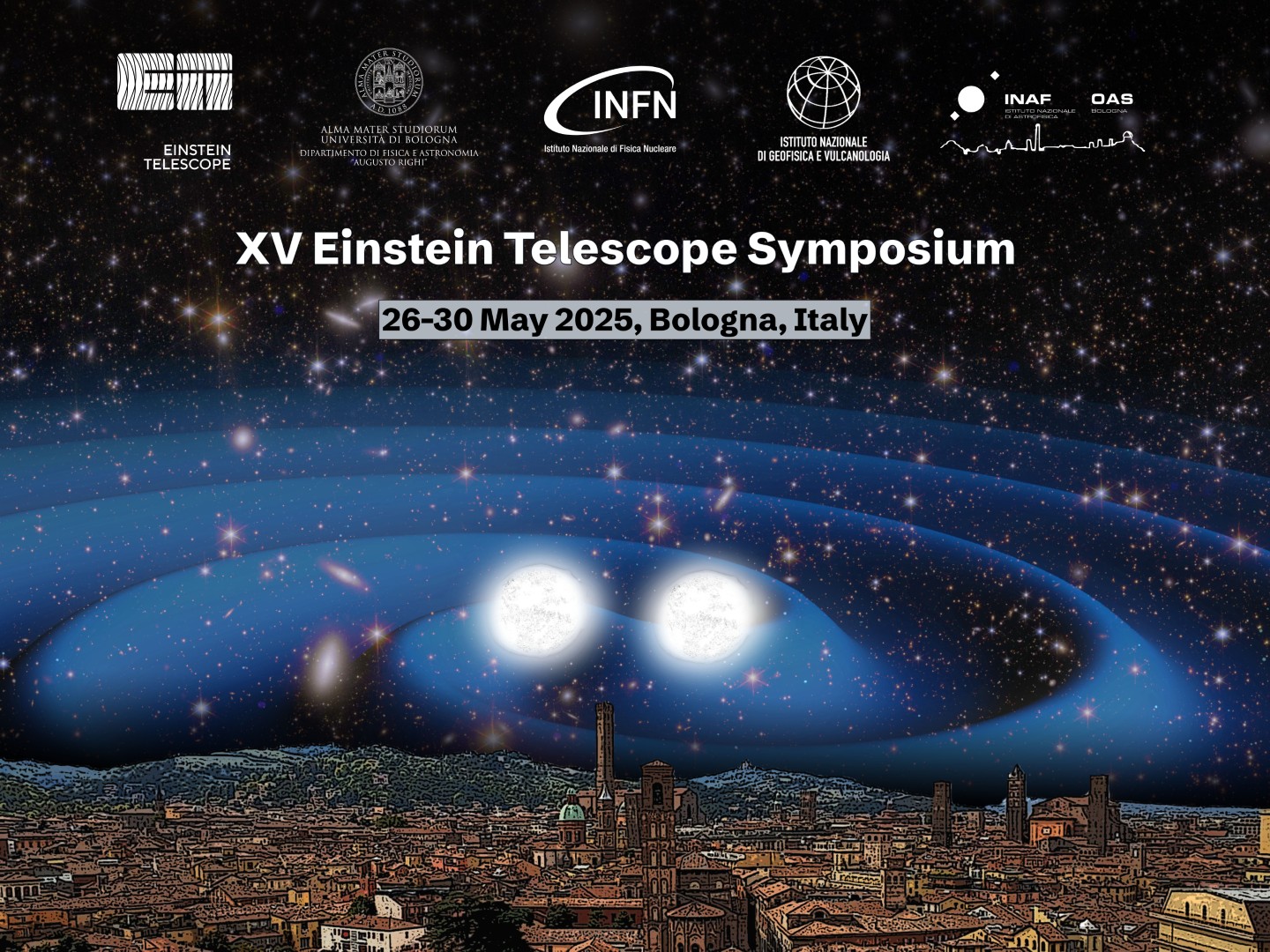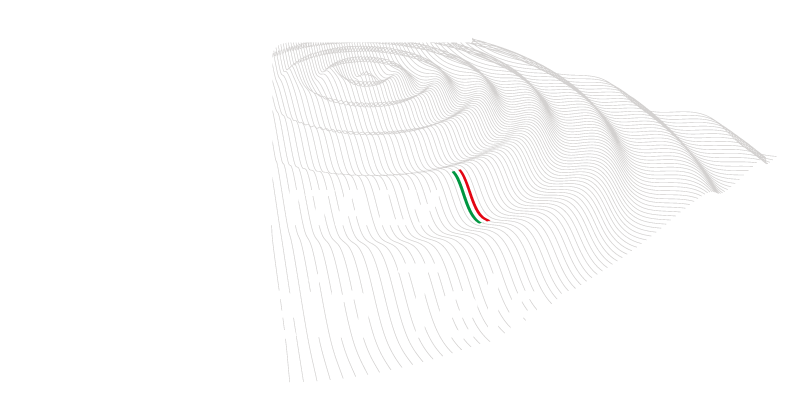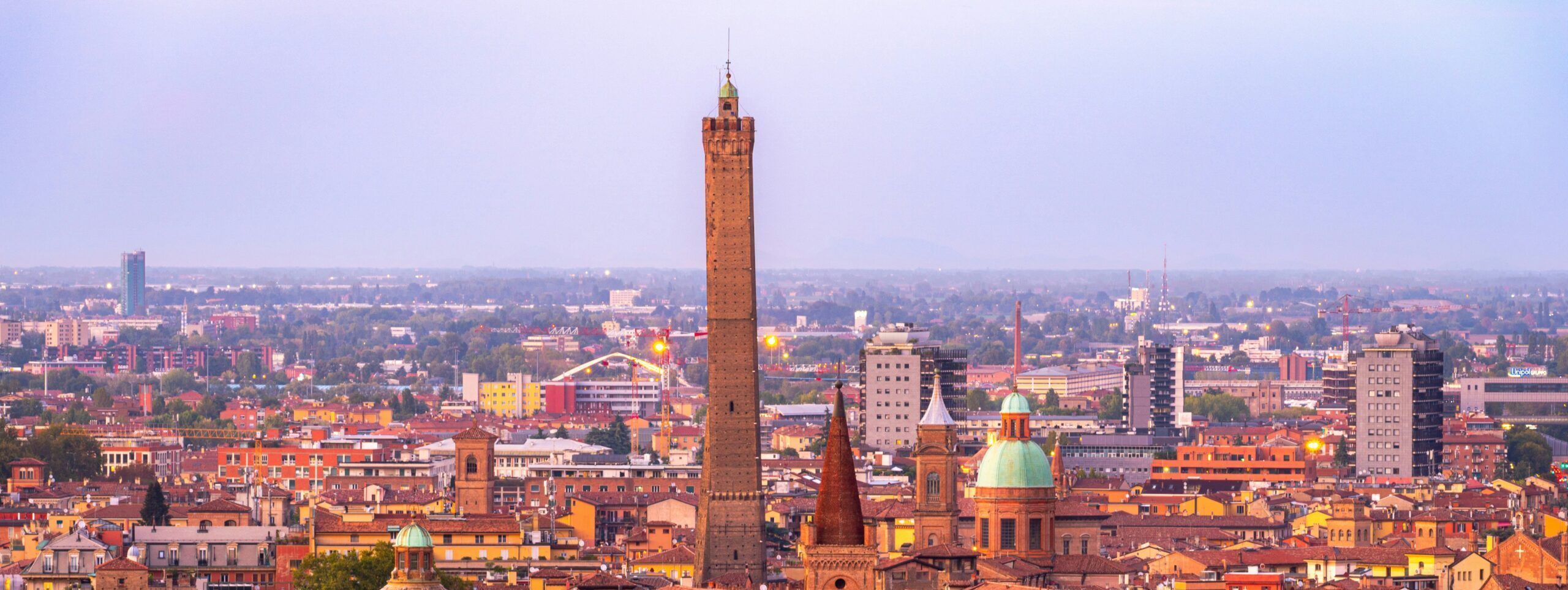From May 26 to 30, the international Einstein Telescope (ET) community will gather in Bologna for its 15th annual Symposium, welcoming over 300 researchers from around the world. The event, co-organized by the Department of Physics and Astronomy “Augusto Righi” of the University of Bologna, the Bologna section of the National Institute for Nuclear Physics (INFN), the Bologna section of the National Institute for Geophysics and Volcanology (INGV), and the National Institute for Astrophysics – Astrophysics and Space Science Observatory of Bologna (INAF-OAS), marks an important opportunity to discuss progress on the ambitious Einstein Telescope project, which aims to become the most advanced gravitational wave observatory in the world.
The program will include presentations, thematic and plenary sessions focused on the scientific, socio-economic, and management aspects related to ET’s design. There will also be updates on the ongoing geological characterization studies of Sos Enattos, the Italian candidate site to host the observatory, as well as discussions on the issue of the configuration of the experiment, which could consist of a single triangular-shaped detector, or two L-shaped detectors built at sufficiently distant sites.

Alongside the scientific program, Bologna will also host a series of free public events, organized as part of the ET-Italy initiative with support from the European Gravitational Observatory (EGO).
Exhibition: “Einstein Telescope: A Glimpse into the Deep Universe”
May 26 – June 13 | Palazzo d’Accursio (Manica Lunga), Piazza Maggiore, Bologna
Opening hours: Monday–Saturday 7:00 AM–8:00 PM; Sunday 9:00 AM–7:00 PM
This exhibition takes visitors on a journey from Einstein’s theory of general relativity to the groundbreaking discovery of gravitational waves, before focusing on the Einstein Telescope, a cutting-edge research infrastructure included in the ESFRI Roadmap. The exhibition explores the scientific potential of ET, its technological and industrial challenges, and the Italian candidacy of the Sos Enattos siste, in Sardinia, where preparatory activities are already underway.
Public conference: “The Underground Universe – Einstein Telescope in Sardinia”
Thursday, May 29 | 9:00 PM | Cinema Modernissimo, Piazza Re Enzo 3, Bologna
A science-meets-art performance telling the story of one of the most exciting challenges in modern physics: the construction of the Einstein Telescope, the future European underground gravitational wave observatory that could rise in Sardinia, near the former Sos Enattos mine in Lula.
Led by the witty and passionate Patrizio Roversi, the audience will embark on a journey through the depths of the Earth and the fabric of space-time. Joining him are astrophysicist Marica Branchesi (Gran Sasso Science Insitute), a leading figure in gravitational wave science, and physicist Massimo Carpinelli (director of EGO), one of the project’s key promoters in Sardinia. Together, they’ll explore the vision of a research project that aims to “listen” to the universe beyond light. The event also features live performances by internationally renowned Sardinian violinist Anna Tifu and live illustrations by Angelo Adamo (INAF), an artist and scientist whose work will visually bring the hidden universe beneath our feet to life.
Free entry. Reservations available at this link.
Interactive Van: “Big Bang Machine”
Thursday, May 29 from 12:00 PM to 9:00 PM; Friday, May 30 from 10:00 AM to 7:00 PM | Piazza Galvani, Bologna
The “Big Bang Machine”, a mobile laboratory in the heart of Bologna, offers an immersive virtual journey through space and time, back to the origins of the universe.
Onboard a space-time capsule, visitors will explore extreme cosmic phenomena such as black holes, stellar mergers, and the first moments of the cosmos.
The experience is designed to highlight the connection between cosmic signals and Earth science, making fundamental physics accessible in an engaging and interactive way.
Credits featured image: Petr Slováček / Unsplash

